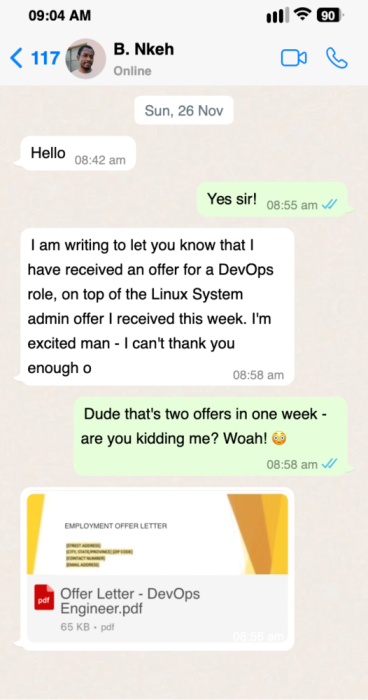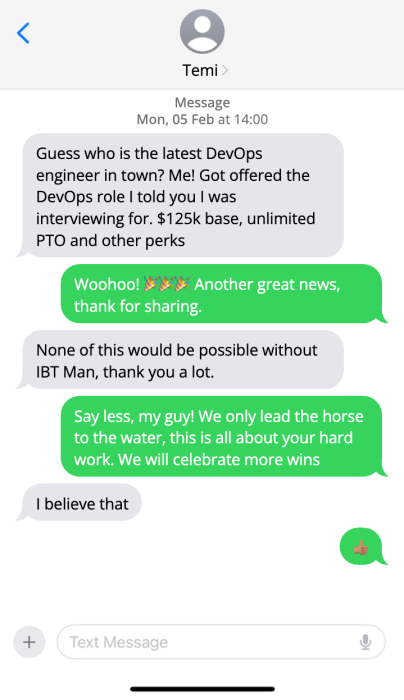1. Fork the main branch from Ansible
2. Create a multi-branch pipeline in Jenkins
in your folder: Name: ansible-tomcat-
install-deploy
a. Spin 2 AWS VMs (one for prod and
one for Dev) using ssh key
b. Create a pipeline to configure the
above VMs with Tomcat
c. Deploy hello-maven code to both
the VM (s)

































